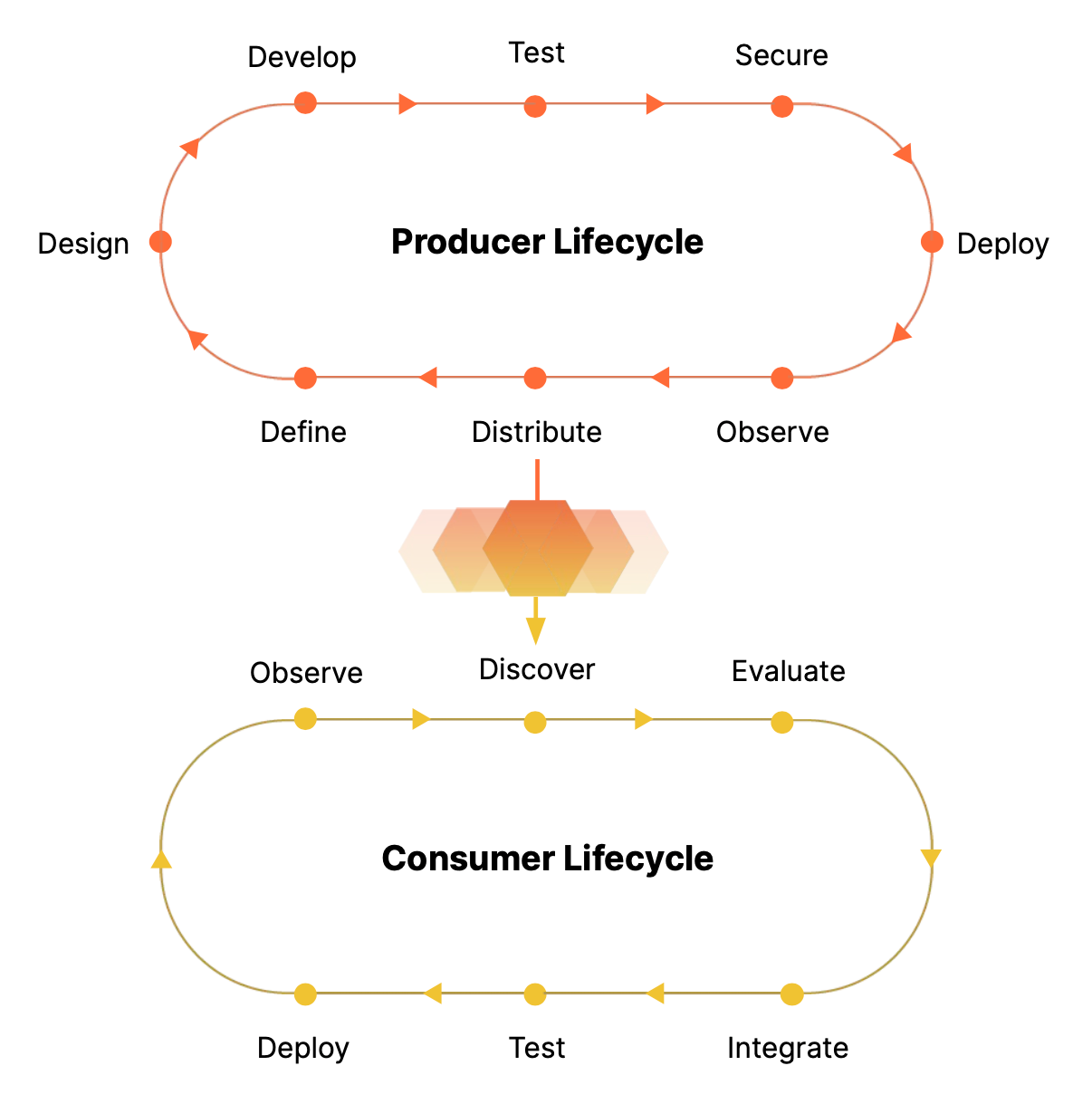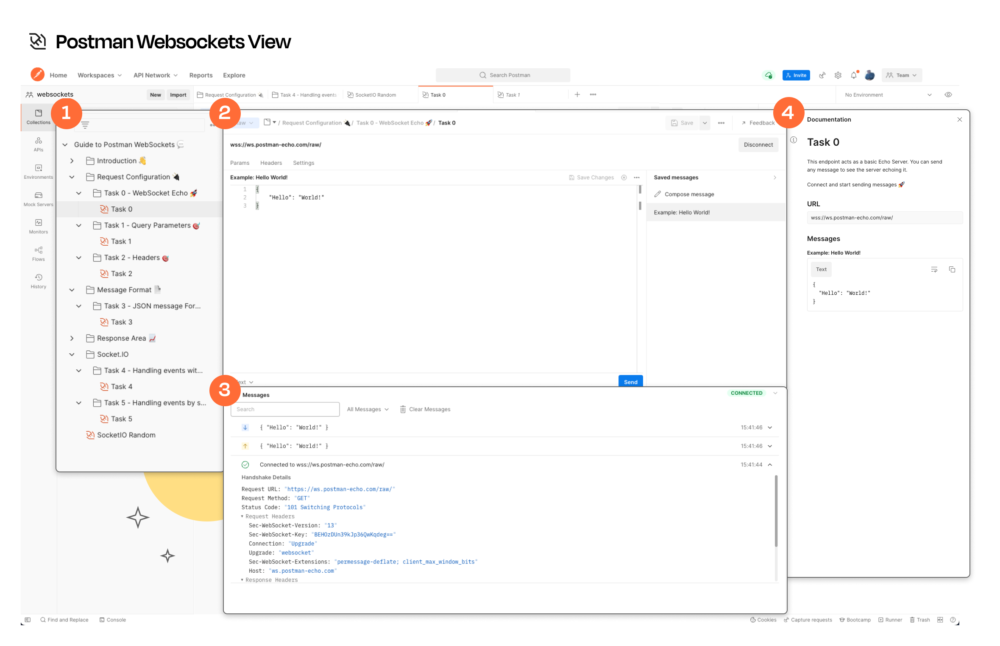It’s a Happy Birthday: Postman WebSocket Support Turns 1
A year ago, Postman excitedly released support for WebSockets as a new protocol alongside HTTP. Our initial release was rather humble, introducing the ability to connect to a WebSocket API and send/receive messages. What started as a simple debugging client has now become an integral part of a collaborative API development story. Not long after our launch of WebSocket support, we also released support for Socket.IO, the most popular library built on the WebSocket API. Over the last year, we’ve seen massive WebSocket adoption within the Postman API Platform.
If this is your first look into WebSockets in Postman, don’t worry, we’ve got a ton of resources to help you out! A great place to start is our Guide to Postman WebSockets public collection along with a public WebSocket Echo API for you to learn more about how to talk to WebSocket APIs. In addition, we have the Learning Center article Using WebSocket Request, which is an in-depth guide on WebSocket and Socket.IO. We’ve also put together some amazing videos and livestreams to help:
Growing adoption
One of our main goals is to foster an environment of community, collaboration, and documentation. In the last year, over 120,000 users have used Postman for debugging WebSocket APIs and we’ve seen over 7 million WebSocket connections being made using Postman. This shows a growing adoption trend within the community. Plus, a substantial number of Public WebSocket collections can now be found on the Postman API Network.
More importantly, this represents countless hours our users spend building APIs, and Postman is happy to be the one helping everyone along their API path.
API lifecycle
The world of APIs, and the technologies powering them, is a diverse landscape. There is an abundance of protocols, development methodologies, and distribution strategies. However, the commonality between them is the API lifecycle:

No matter what your API technology of choice is, our goal is to help you seamlessly adopt the Postman API Platform to understand and utilize the full spectrum of an API’s lifecycle. As part of our ongoing goal to help builders use the right tool for the job, we even added support for another protocol (gRPC) earlier this year.
A seamless WebSocket workflow
We wanted to ensure that your workflow with WebSockets felt familiar to your HTTP workflows, and because collections are essential to the API lifecycle, we included a way to store your WebSocket requests in a collection and organize them into folders with the ability to add documentation, just like other workflows. From creation to documentation, our goal has been to make WebSockets in Postman a seamless extension of the work our users are already doing with HTTP.
This visual provides a breakdown of the main WebSocket view, which is made to look familiar and intuitive:

Here is what each numbered section contains:
- WebSocket Collection with folders and WebSockets
- WebSocket with URL, message, and saved messages
- Events panel
- Documentation panel that also includes saved messages
How are you using it?
Postman users are making private and public collections as a form of documentation for their API, not just for themselves, but for their teams and their users. Public collections allow other users to interact with WebSocket APIs in a sandbox environment with clear examples and without the need to spin up their own dev environments.
Teams are also discovering how easy it is to stay organized with their WebSocket APIs tucked neatly within a team workspace and collection. This increases communication throughout an organization, which allows for quicker debugging and increased productivity. Onboarding new engineers is faster because of clear WebSocket API documentation and examples. Shared team workspaces are proving to truly be the single source of truth for organizations’ WebSocket APIs.
We are grateful to all the users of Postman’s WebSocket support who not only spent their time trying the product from an early stage but also provided us with valuable feedback every step of the way—all so that we could continue to fine-tune our WebSocket features.
What’s next in our WebSocket support journey
The next step in Postman’s WebSocket support journey is to explore the area of WebSocket API testing. We are working towards bringing the API testing capabilities of Postman’s HTTP client into the WebSocket protocol. We’re also looking at understanding how schemas such as AsyncAPI and OpenAPI bring value to the documentation and testing of the WebSocket world. Stay tuned for future blog posts announcing new features.

What do you think about this feature? Tell us in a comment below. You can also give product feedback through our Community forum and GitHub repository.